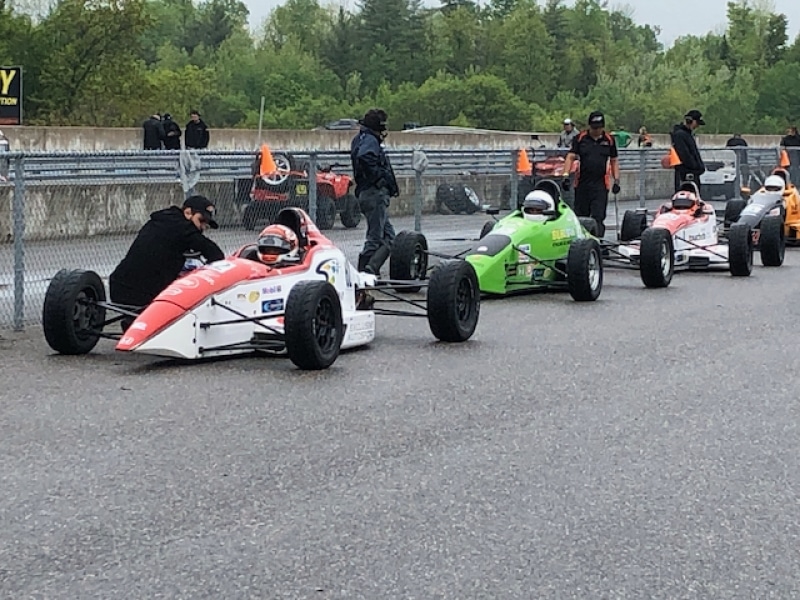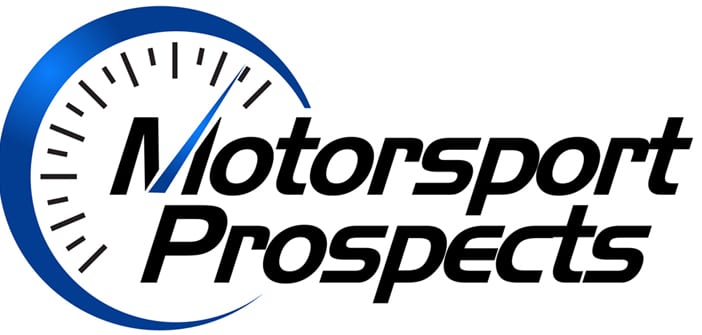
Will there ever be an F1 salary cap? There has been much debate, but no real action when it comes to the idea and no real moves towards one. Some see the debate as not really a debate at all due to the fact that nobody in F1 seems to be really pushing for such a cap, so the question has to be, why does it keep coming up?
Most seem to agree that it is currently a mere matter of public posturing by the teams and drivers as a way to perhaps compromise on other issues in the sport. Some I am sure think it is a necessity in today’s fiscal climate but they seem to be in the minority for now.
Regardless of the reasons, I present to you two differing views on the impact that such a cap could theoretically have on young drivers. Since such a cap may or may not happen, it is interesting to understand the issue and to see if such a cap would be a detriment or not to young driver development. Here is a brief summary of the two competing views of what would be the impact of such a salary cap on the development of young race drivers.
F1 Feeder Series looks at how an F1 salary cap could impose financial hurdles on junior drivers. “Sponsors put faith in the budding young talent in front of them in a bid to make a financial return. Ultimately, an investor isn’t going to fork out $1 million for a season in Formula 3 if they don’t believe their driver can make it further up the junior formula ladder, because otherwise, the profit margin won’t rise with them.” Essentially, they are arguing that nobody would invest in young drivers due to the fact that a driver salary cap could potentially reduce or eliminate the ROI in investing in a young driver.
While that is the mainstream argument being presented against a salary cap and it does have its merits, Joe Saward has a different take. In a recent Green Notebook column, Saward tackles the issue and argues that such a cap may in fact give young drivers even more commercial opportunities than today. The key is in them controlling their NIL (Name, Image, Likeness) rights. “The key is that the stars can make money from endorsements and so investors who put money into youngsters will still get their share of the overall returns. They will not go hungry. These days driver may not be keen to run their own commercial operations but they can afford to pay people to do so, rather than relying on the teams. Drivers can thus earn a lot and if they want more than the salary cap allows them, they can work a little harder to get it. It is actually more of a free market than is currently the case… So what it really means is that that there would be a realignment of the money flows, rather than a loss of revenue. It will add more value to the teams because they will have to pay out less, but it will not impact on sponsorship revenues, as long as the sport remains popular…“
With the issue of NIL rights exploding in the United States in college athletics, having a team control those rights may be something that will come up for negotiation in the future. Motorsport is a business and drivers may start to push to have more control over their name, image and likeness. If a driver cap is ever eventually imposed, expect that push to become more forceful over time. It will be a fascinating development to watch.
In my opinion, we will not see a salary cap in Formula One any time soon because it simply has not been considered as important as a cap on car development in reducing expenses for an F1 team. For the time being, it will remain a free market for driver services, but expect young drivers to push for more say in how their NIL rights are exploited.
